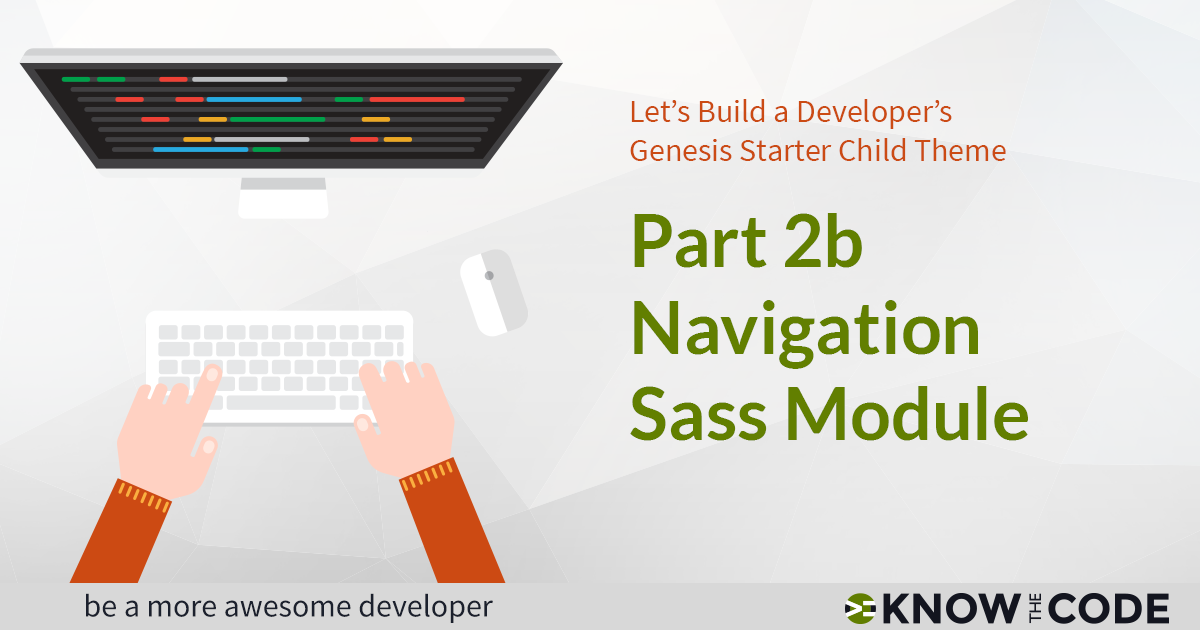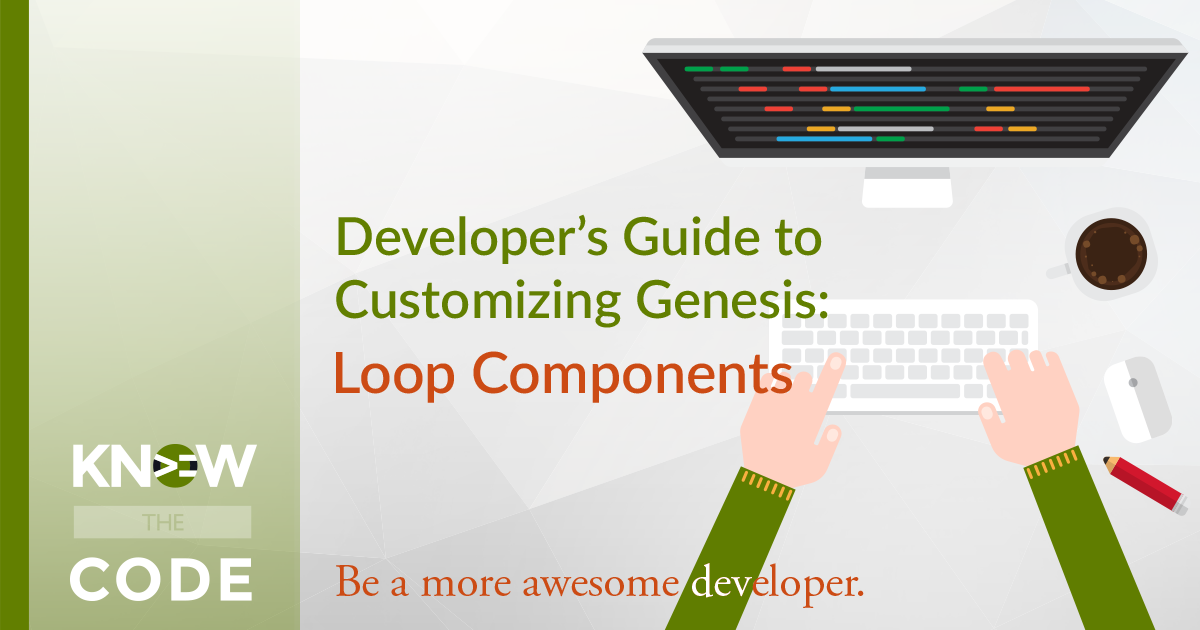You will start looking at the media queries for the menu styles. We start down the direction of pulling those into the base, but then quickly realize that the .js styles need their own partial file. You will work with Tonya through the process of thinking about how to port the styles over into the new theme. She discusses different strategies and ways of laying out the media queries within the navigation module. Then you will begin refactoring. See if you can do this task on your own. Then work with Tonya to see different ways to refactor. This episode, […]


